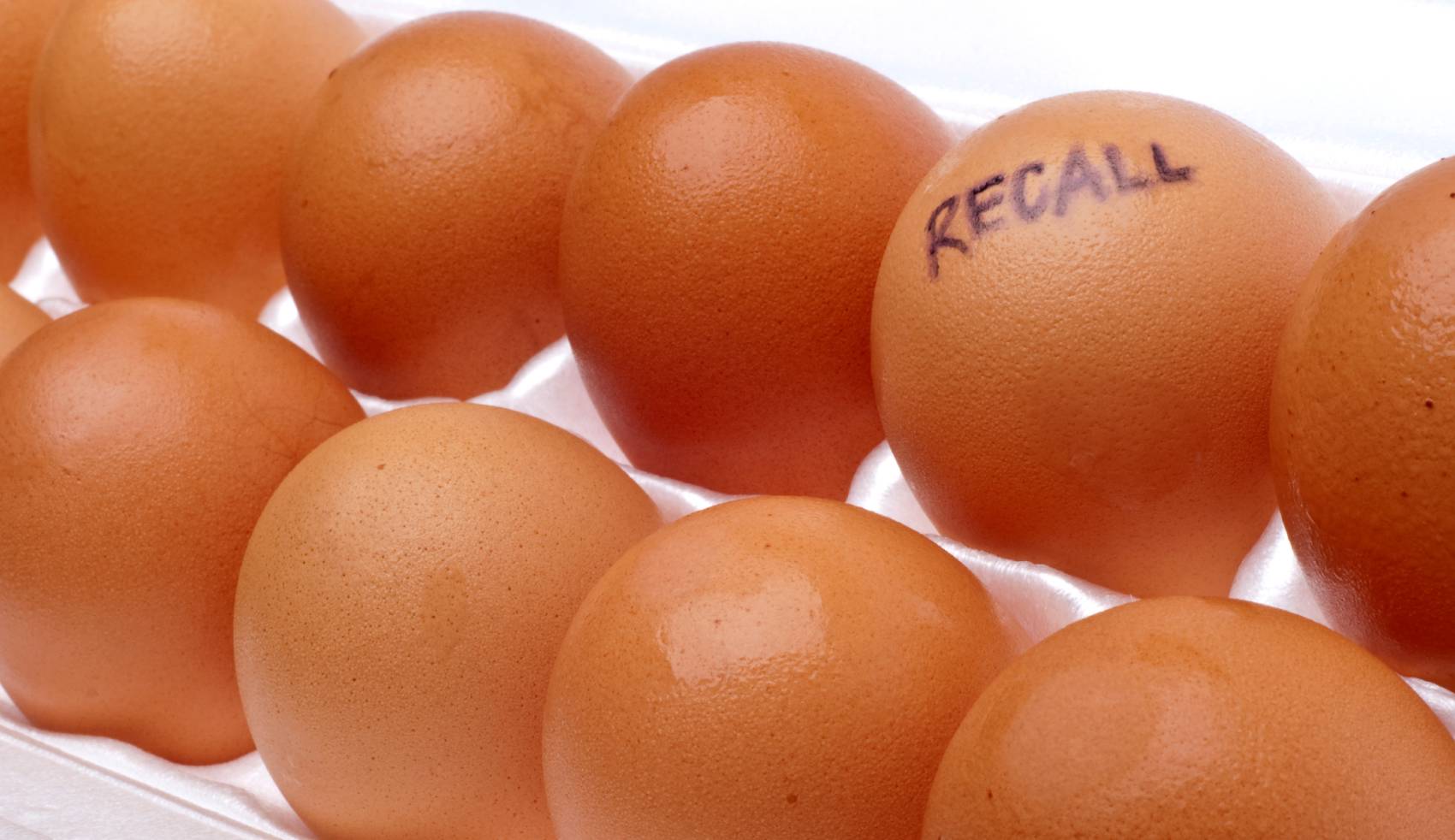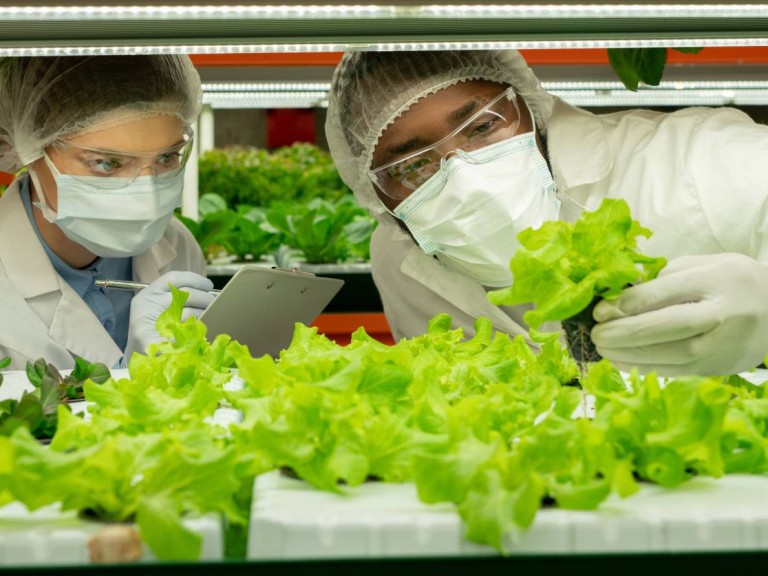No food safety professional ever wants to be involved in a food recall for their company or even their industry. Contacting your buyers to request they pull the product off their shelves or return product, is a conversation none of us want to have, or look forward to.
A food safety recall can occur for many reasons but typically they fall into one of these five categories:
Over the past few decades, industry and regulators have worked together to design and implement tools, resources, programs, and controls for these food hazards, whether intentional or not. The FDA updated their food safety regulations in 2011 via the Food Safety Modernization Act (FSMA) which included specific rules and industry best practices for the prevention, control, and elimination of hazards in our food supply.
If a food safety issue is reported or suspected, you must be able to quickly assess the risk and its impact on food safety, then decide whether to recall the products, or not. It will be important to further analyze your processes to identify if other products are impacted by the same food hazards and determine if additional product recalls are necessary. At times, further food testing may be required to make the best decision for your company and your consumers. The decision-making process can become really complicated, fast.
So, what if we do find ourselves in this difficult position?
First, it is critical you have a plan in place to accurately gather the following information:
The next step is to effectively communicate with buyers and regulators, you will need to provide buyers with information regarding the products you sold them. Relevant details include any traceability information, shipping dates, quantities, and a product description so they can do their part and try to figure out how these products were handled on their end. Food recalls are very tricky, it will be a huge payoff to be organized during this time. You can start by documenting all communications including calls, voicemails, emails, etc.
Do not forget to contact regulatory agencies within the required timeframe. You will need to provide them with the following information.There are critical elements that need to be a part of your plan. These critical pieces are:
As the product is returned, it is important to document and account for all returned items and keep them quarantined in such a manner they cannot inadvertently be shipped or comingled with good product.
The recall team should consider what the appropriate next steps for the recalled product should be. For example, recalled product from mislabeling of allergens may be relabeled and then resold. Whereas biological food safety hazards are more complex but safely re-working or re-conditioning the product may be considered. Depending upon the type and severity of the recall issues, destruction and disposal of the product may be the desired outcome to protect consumer safety.
Now let’s talk about how to prevent a recall, a solid food safety plan including Hazard Analysis and cGMP’s (current Good Manufacturing Practices) are the foundation for risk management, proper employee training, implementation and enforcement of pre-requisite programs and food defense strategies all contribute to a safe food production environment.
Global Food Safety Consultants cares about the food industry, the consumer, and buyer confidence. We partner with you as a trusted advisor to review your processes to assure you are producing wholesome and safe foods. Our experienced staff can assist you in either writing a recall plan to accommodate the scenarios we described above, or by testing and challenging your recall plan for gaps and improvements.
We have included an example of how roles and responsibilities can be assigned during a food recall. Keep in mind, this is just the dedicated team to drive and manage this process, other personnel such as upper management, inventory control, shipping and receiving may also be asked to perform certain tasks.





